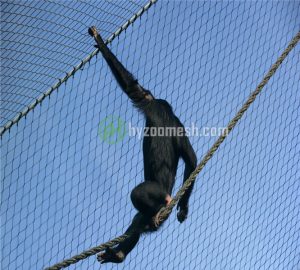How To Choose The Best Bird Aviary Mesh?
Whether you’re a zoo professional, a bird sanctuary manager, or a private aviary enthusiast, selecting the right bird aviary mesh for enclosures is critical. Poorly designed netting risks escapes, injuries, and even fatalities. This guide covers:
– Key materials (stainless steel vs. synthetic polymers)
– Design standards(mesh size, tension, and structural load)
– 3 Case studies from top zoos
– Cost-saving tips without compromising safety
1. Why Bird Aviary Mesh Matters
Birds—especially parrots, raptors, and hornbills—are escape artists. The wrong mesh can lead to:
– Toe/beak injuries from gaps or abrasive materials.
– Predator access (e.g., raccoons tearing weak netting).
– Stress-induced behaviors like feather plucking.
“Bird Aviary Net isn’t just a barrier; it’s part of the animal’s habitat.” — Dr. Sarah Klein, Avian Veterinarian, San Diego Zoo.
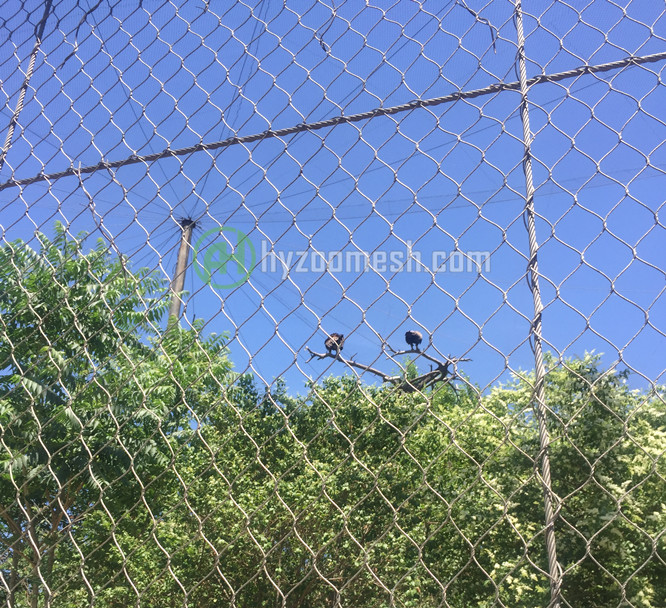
3.Choosing the Right Material for Bird Aviary Net
– Stainless Steel Mesh
– Material group:AISI 304,304L,316,316L
– Structure: Rope 7×7,7×19
– Best for: Macaws, cockatoos, and large raptors.
the stainless steel wire rope mesh are with soft touching,the surface is smooth,will protect the birds’ feather,it is the most suitable material for the bird netting.
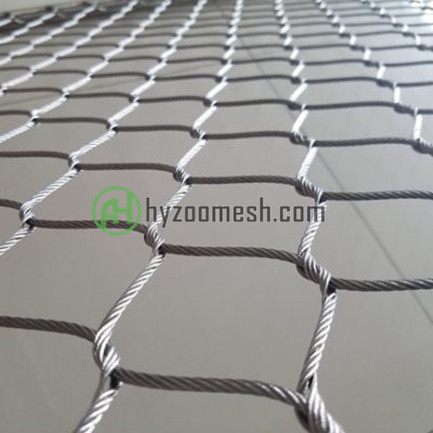
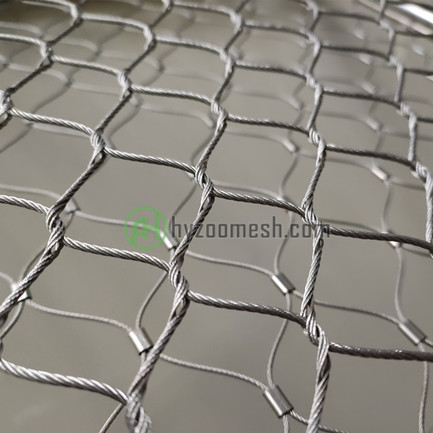
3. Critical Design Factors for Bird Aviary Mesh
3.1 Bird Aviary Net Size
Mesh Apertures: 0.8’’ x 0.8’’,1’’x 1’’,1.2’’x 1.2’’,1.5’’x 1.5’’,2’’x 2’’,3’’x 3’’
Wire Rope Diameter:3/64’’,1/16’’,5/64’’
Bird Type Recommended Mesh Size
Finches/Small Parrots ≤2 cm (0.8’’)
Eagles/Hawks ≤5 cm (2’’)
Flamingos ≤7.5 cm (3’’)
Why it matters: Smaller birds can squeeze through gaps, while large raptors may snap oversized strands.
3.2 Tensile Strength
– Minimum load capacity: 2× the bird’s body weight (e.g., 1,000 N for a bald eagle).
– Anchor points: Use marine-grade stainless steel clamps for outdoor aviaries.
3.3 Environmental Integration
– Camouflage: Green or black aviary mesh blends into landscapes (e.g., Berlin Zoo’s “invisible” netting).
– Shade: Add 30% shade cloth to protect birds from overheating.
4. Actual Case for Using the Bird Aviary Net
Case 1: Loro Parque, Spain
-Challenge: Housing 500+ parrots with varying sizes and behaviors.
– Solution: Hybrid stainless steel (bottom 3m) + Dyneema® (top) to prevent chewing damage.
– Result: Zero escapes since 2018; reduced maintenance costs by 40%.
Case 2: National Aviary, USA
– Innovation: Retractable roof mesh for seasonal temperature control.
– Lesson: Dynamic tension systems prevent sagging in snow loads.
Case 3: Singapore Bird Paradise
– Aesthetic Focus: Custom-colored mesh to mimic natural tree canopies.
– Visitor Impact: 22% increase in dwell time at the exhibit.
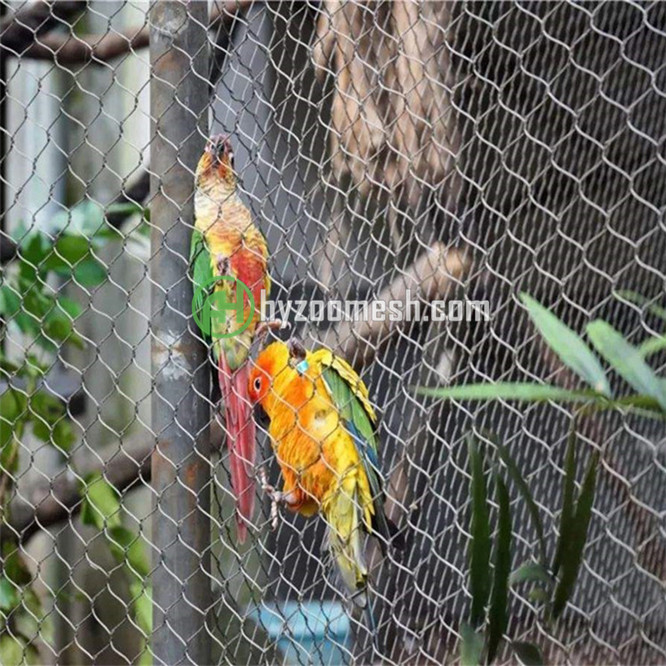
5. Common Mistakes to Avoid When Making a Bird Aviary Mesh
❌ Using chicken wire: Too weak for most birds; zinc coating is toxic if ingested.
❌ Ignoring local climate: Saltwater air accelerates corrosion
❌ Overlooking maintenance: Inspect nets monthly for fraying or loose anchors.
6.Maintenance and Repair: Keeping Your Bird Aviary Net in Top Shape
Keeping your aviary mesh in top shape is crucial. Regular checks is necessary.
Look for any signs of wear and tear. This includes holes or frayed edges.
If you notice any damage, repair it promptly. This will prolong the life of your netting.
Remember, a well-maintained netting ensures the safety of your birds. So don’t neglect this important task.
Investing in high-quality bird aviary mesh saves money long-term and protects bird welfare. Start by auditing your current enclosure against these standards—tiny upgrades can prevent disasters.
Need a mesh recommendation for your specific birds?please check our related aviary mesh(net) product information,or contact with me for more details.
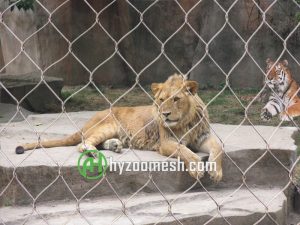
304/316 Stainless Steel Lion Enclosure Mesh: Ultimate Safety for Wildlife Parks
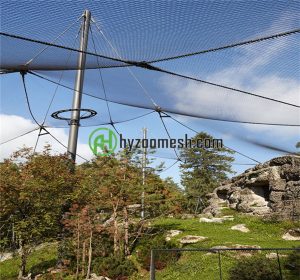
Upgrade Your Zoo Fence with Stainless Steel Zoo Enclosure Mesh

How to build a Solid & Durable Tiger Fence?
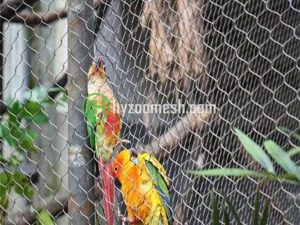
Choosing The Right Aviary Mesh is Crucial for Your Parrots
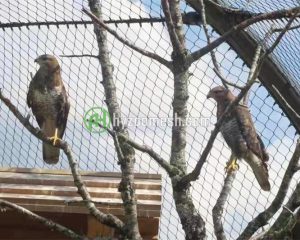
Bird Aviary Mesh: The Ultimate Guide to Safe and Durable Enclosures
